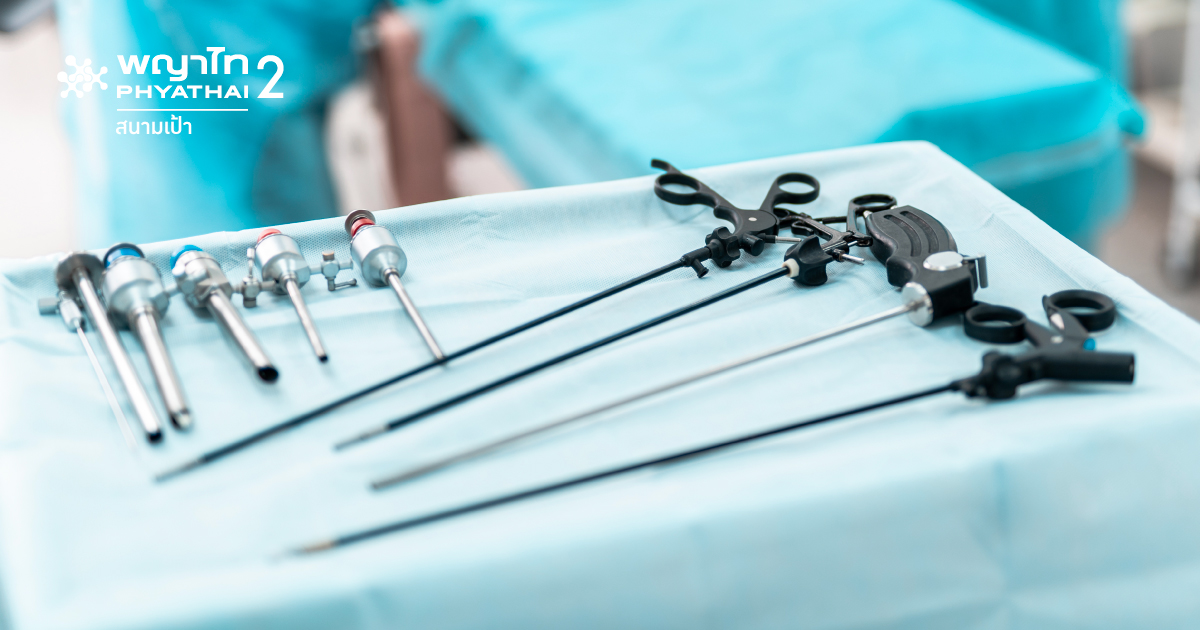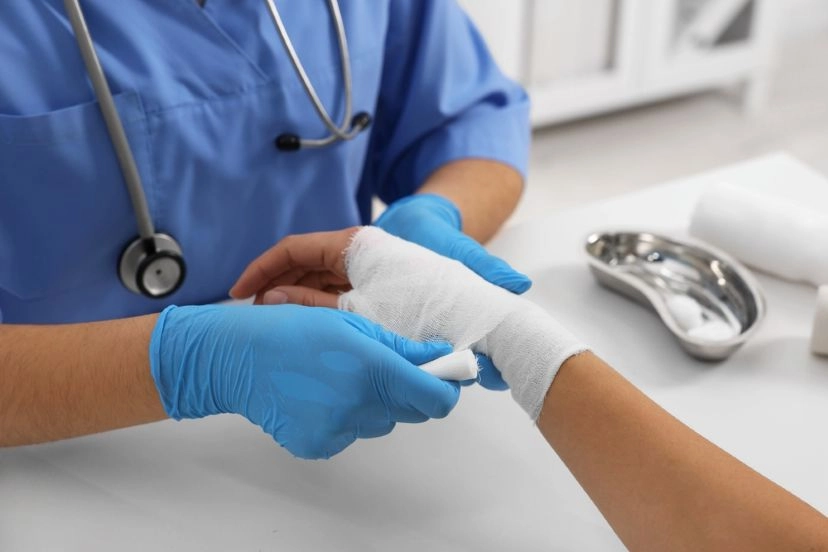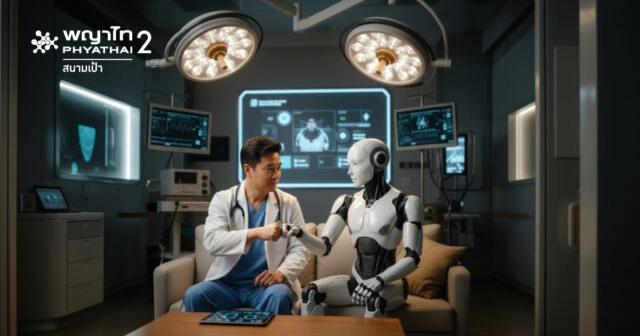Laparoscopic Surgery in Children Using MIS Technique

When a child needs surgery, it can be a challenging and anxiety-filled experience for both the child and their parents or guardians. However, with proper physical and mental preparation, everyone can navigate this confusing period and ensure a smooth recovery. Knowledge about pediatric surgery can empower parents to manage the situation confidently and reduce worry. In particular, there is now a minimally invasive surgery (MIS) technique, commonly known as laparoscopic surgery, which involves smaller incisions, resulting in less pain, faster recovery, and shorter hospital stays.
What is Laparoscopic Surgery (Minimally Invasive Surgery)?
Laparoscopic surgery, or Minimally Invasive Surgery (MIS), is a modern surgical technique that uses smaller incisions than traditional open surgery. During the procedure, a surgeon makes small incisions through the abdominal or chest wall in the area to be treated, allowing insertion of a tiny camera and surgical instruments. This approach minimizes tissue damage, reduces postoperative pain, and shortens recovery time, allowing patients to resume normal activities sooner.
Surgical Techniques and Procedure Steps
After the patient is anesthetized, the surgeon makes 1-4 small incisions, about 0.3-0.5 cm in size, depending on the condition being treated. For abdominal surgeries, the surgeon inflates the abdomen with carbon dioxide gas (pneumoperitoneum) to create space for the operation. A small camera is then inserted through a tube, providing a clear view of the area on a monitor, allowing the surgeon to operate with precision.
Advantages and Limitations of Laparoscopic Surgery
The main advantage of laparoscopic surgery is that it provides a magnified view of internal organs on a screen, enhancing precision. The incisions are small, usually only 3-5 millimeters, compared to 3-15 centimeters for open surgery, which minimizes tissue damage, reduces postoperative pain, and lowers the risk of infection. This technique also leaves smaller scars, which is beneficial for aesthetics. However, there are some limitations.
Some patients are not suitable candidates for laparoscopic surgery, such as those with severe lung or blood circulation issues or patients with extensive abdominal adhesions from previous surgeries. The procedure also requires specialized skills and equipment, which may result in higher costs compared to open surgery.
Conditions Treated with Laparoscopic Surgery in Children
Today, laparoscopic surgery can be used for various conditions in children, including diagnostics, biopsies, and corrective procedures for physical abnormalities in infants and older children. The choice of surgery depends on the expertise of the medical team and the availability of equipment suited to the patient’s size. Conditions that can be treated with laparoscopic surgery include:
- Inguinal hernia
- Undescended testis
- Appendicitis
- Gallstones (Cholelithiasis)
- GERD unresponsive to medication
- Congenital intestinal atresias
- Some types of imperforate anus
Since different surgical techniques may be chosen for each condition, laparoscopic surgery is a viable option for parents seeking safe, quick treatment with minimal side effects.
If parents have any concerns, they can consult a doctor to discuss the most appropriate surgical method. The surgeon will choose the best option to achieve effective results. It’s important for parents to be aware of all pros and cons before making a decision.


